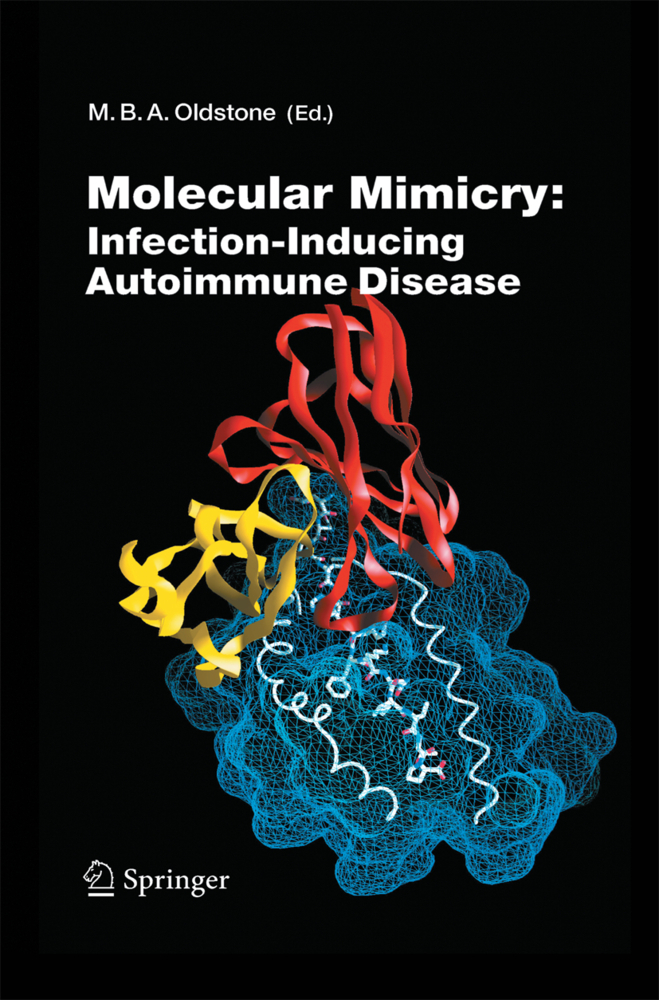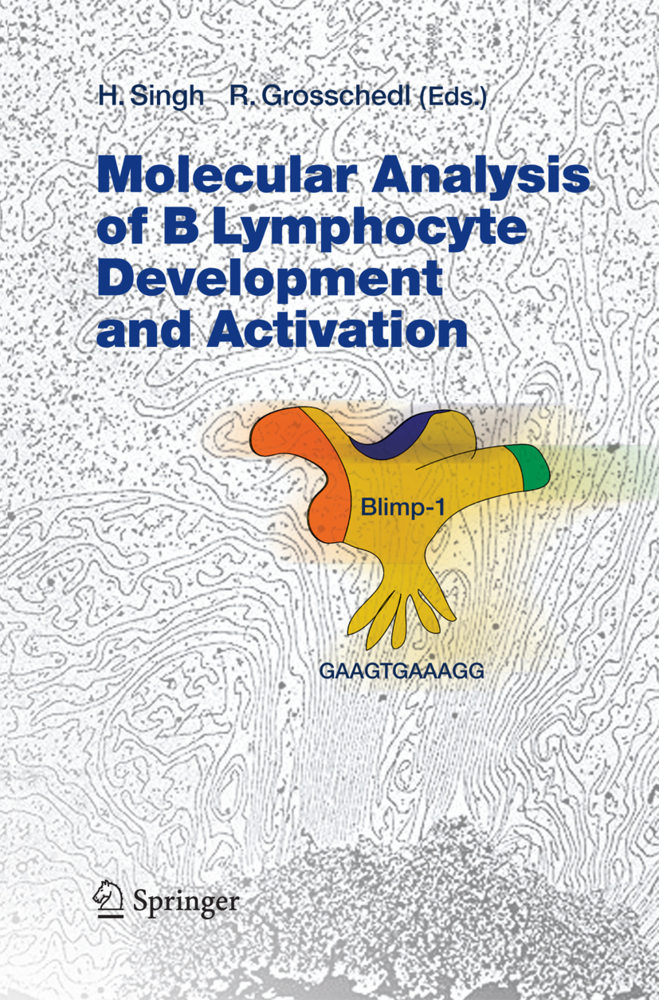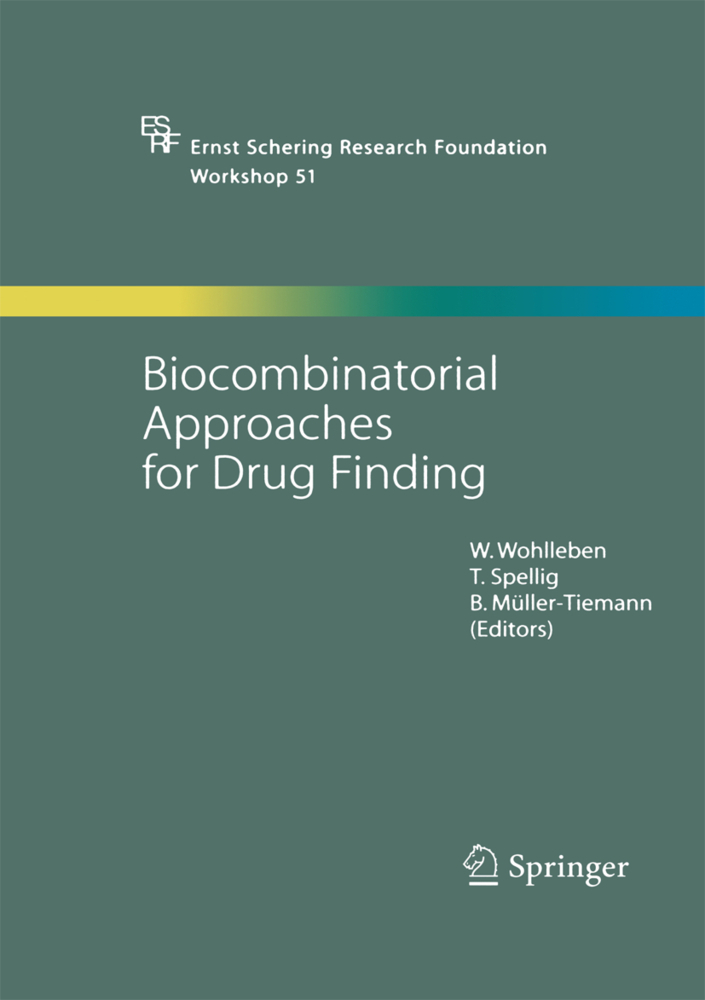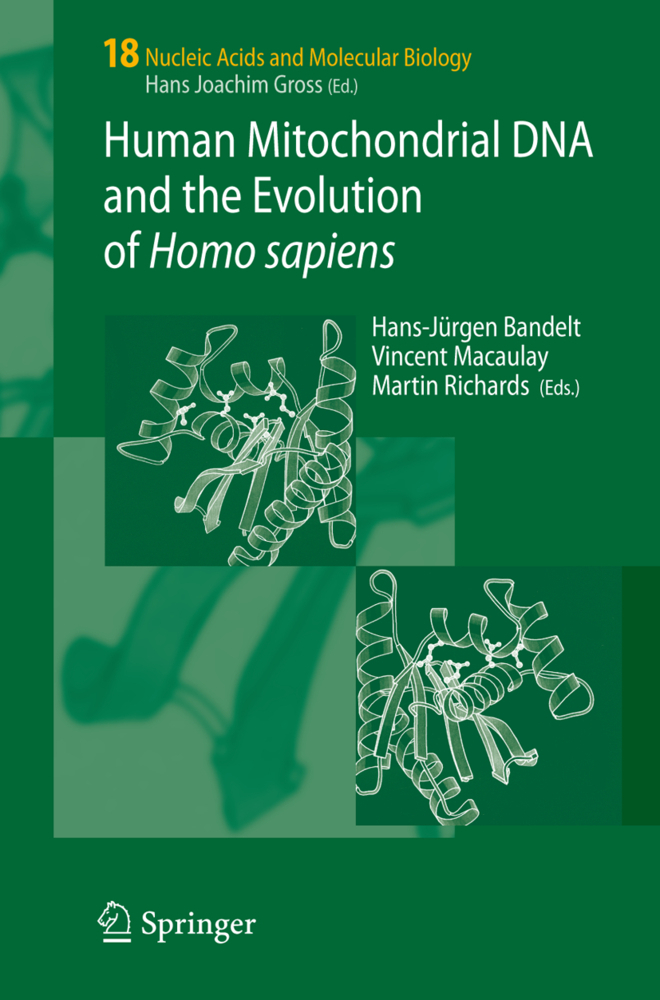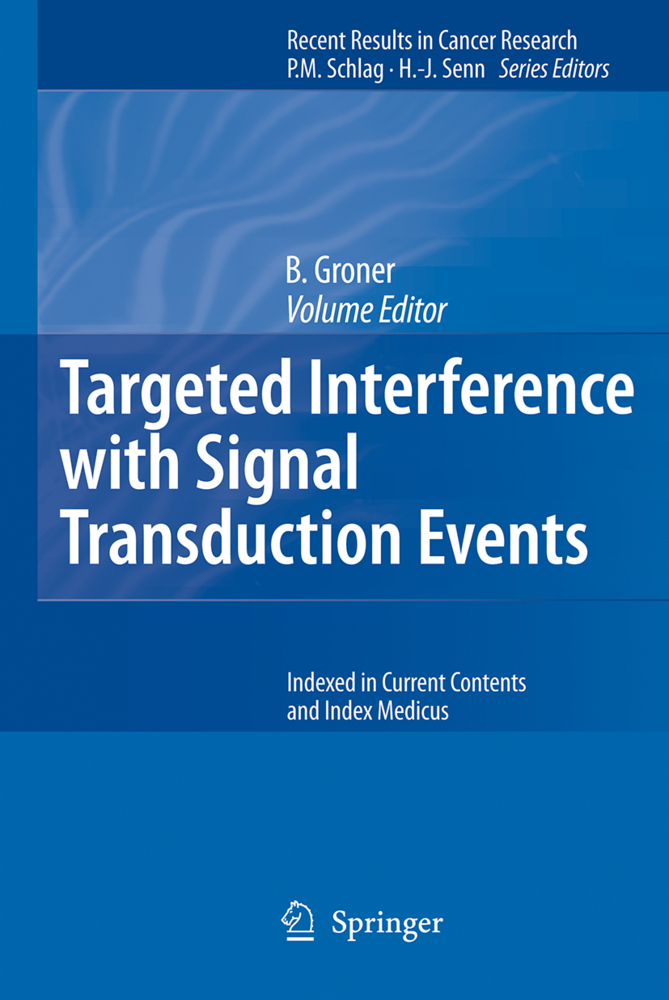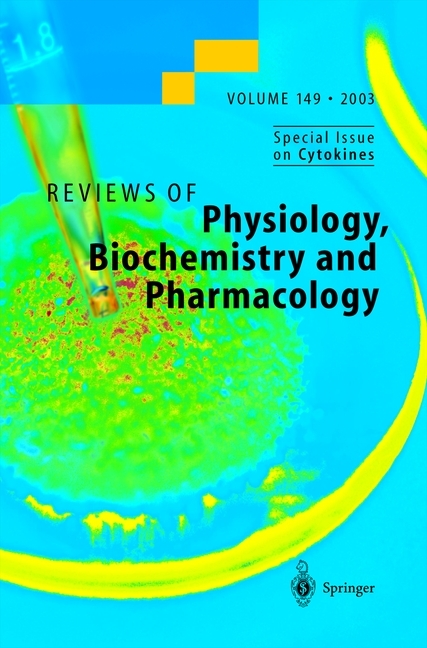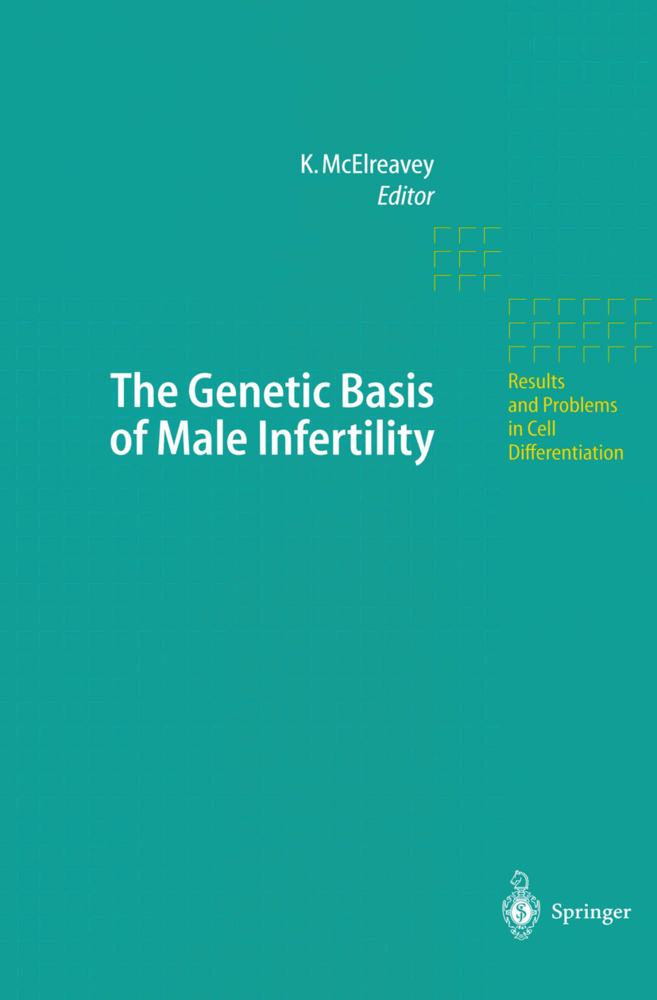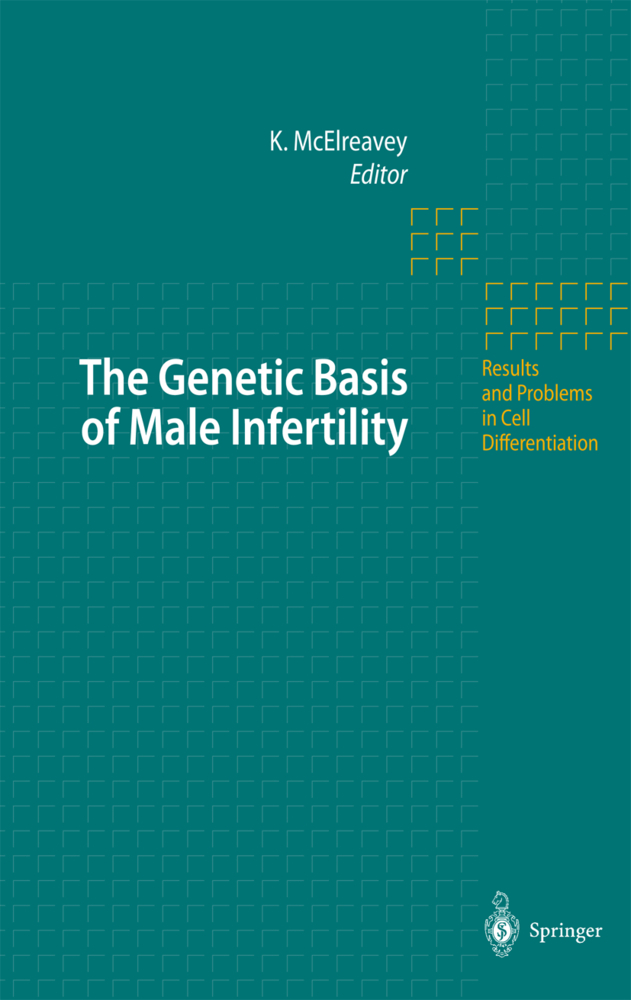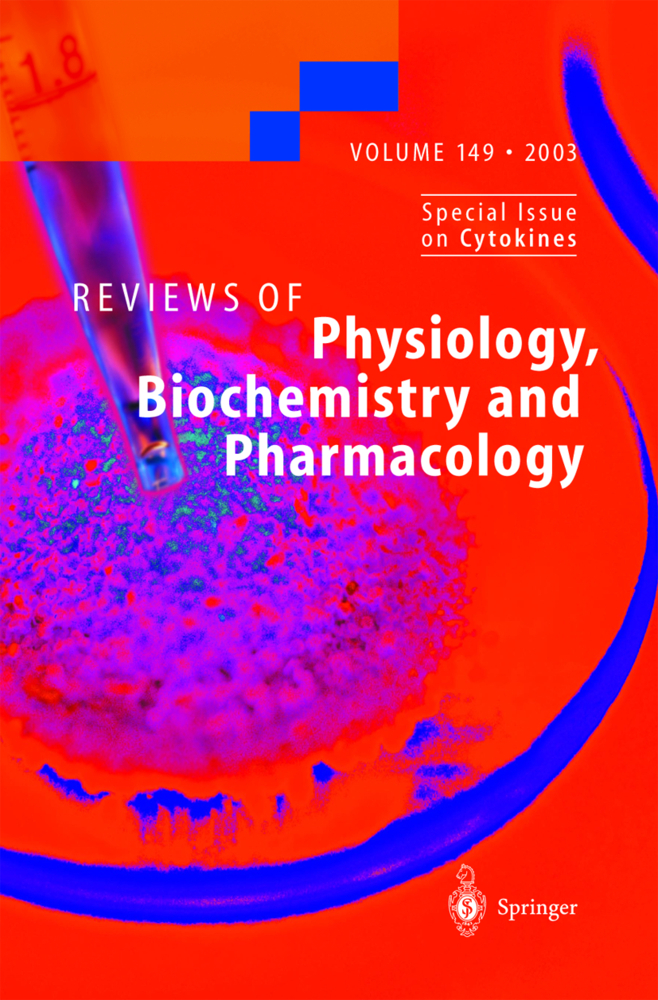Mitochondrial Diseases
Models and Methods
Mitochondrial Diseases
Models and Methods
For those like me who witnessed the beginning of the adventure of human mitochon drial pathology, one can only be astounded by the extent and unexpectedness of what the field has come to offer. Extent because nobody could have imagined the sheer size of the domain. Unexpectedness because hitherto it was impossible to imagine the clinical polymorphism that this pathology would represent. The starting point was clear. Initially, there was the exceptional, and for a long time unique, observation of euthyroidian hypermetabolism that Luft and colleagues analyzed remarkably in biochemical and clinical terms. Thereafter, there was the support provided by the electron microscopy studies of Afzelius, and the very first visualization of mitochondrial abnormalities. That was way back in 1958. A few years later, progress in the cytology and cytochemistry of skeletal muscle tissue was to provide the means of detecting such abnormalities by examining sections with light microscopy. The colorful term "ragged red fibers", coined by W. K. Engel, became uni versally accepted, and this typical aspect with Gomori trichrome stain was to throw light on the frequency with which these mitochondrial abnormalities could occur under pathological conditions which, until then, had remained a total mystery regard ing their mechanism: syndromes such as the ocular myopathies with their descending evolution and the oculocraniosomatic syndromes. We were at the beginning of the 1970s.
3 Molecular Basis of Mitochondrial DNA Diseases
4 Structural Studies on Human Mitochondrial tRNAs
5 Structure, Function and Pathology of Complex I
6 Complex II or Succinate: Quinone Oxidoreductase and Pathology
7 The bc1 Complex in the Mitochondrial Respiratory Chain
8 Cytochromec Oxidase and Mitochondrial Pathology
9 ATPase-ATPsynthase and Mitochondrial Pathology
10 Physiology and Pathophysiology of the Mitochondrial ADP/ATP Carrier
11 The Normal and Pathological Structure, Function and Expression of Mitochondrial Creatine Kinase
12 Pyruvate Dehydrogenase Deficiencies
13 Electrochemical Gradient and Mitochondrial DNA in Living Cells
14 A Heteroplasmic Strain of D. subobscura. An Animal Model of Mitochondrial Genome Rearrangement
15 Stability of the Mitochondrial Genome of Podospora anserina and Its Genetic Control
16 The Control of Ageing and Mitochondria
17 Roles of Mitochondria in Apoptosis
18 The Triiodothyronine Mitochondrial Pathway
19 Cytoskeleton-Mitochondrial Interactions
20 NADH Brain Determination by Micromeasurements of a Laser-Induced Fluorescence in the Rat
21 Allotopic Expression of Mitochondrial Genes: Further Steps in the Evolution of Eukaryotic Cells and Therapeutic Strategy
22 Import of tRNA into Yeast Mitochondria: Experimental Approaches and Possible Applications
23 The Import of Cytosolic tRNA into Plant Mitochondria
24 Plant Cytoplasmic Male Sterility: A Mitochondrial Pathology and Its Biotechnological Application
25 Histopathology of Skeletal Muscle Mitochondria
26 Enzymatic and Polarographic Measurements of the Respiratory Chain Complexes
27 Mitochondrial DNA Analysis.
1 Organization and Expression of the Mitochondrial Genome
2 Mitochondrial DNA Inheritance in Mammals3 Molecular Basis of Mitochondrial DNA Diseases
4 Structural Studies on Human Mitochondrial tRNAs
5 Structure, Function and Pathology of Complex I
6 Complex II or Succinate: Quinone Oxidoreductase and Pathology
7 The bc1 Complex in the Mitochondrial Respiratory Chain
8 Cytochromec Oxidase and Mitochondrial Pathology
9 ATPase-ATPsynthase and Mitochondrial Pathology
10 Physiology and Pathophysiology of the Mitochondrial ADP/ATP Carrier
11 The Normal and Pathological Structure, Function and Expression of Mitochondrial Creatine Kinase
12 Pyruvate Dehydrogenase Deficiencies
13 Electrochemical Gradient and Mitochondrial DNA in Living Cells
14 A Heteroplasmic Strain of D. subobscura. An Animal Model of Mitochondrial Genome Rearrangement
15 Stability of the Mitochondrial Genome of Podospora anserina and Its Genetic Control
16 The Control of Ageing and Mitochondria
17 Roles of Mitochondria in Apoptosis
18 The Triiodothyronine Mitochondrial Pathway
19 Cytoskeleton-Mitochondrial Interactions
20 NADH Brain Determination by Micromeasurements of a Laser-Induced Fluorescence in the Rat
21 Allotopic Expression of Mitochondrial Genes: Further Steps in the Evolution of Eukaryotic Cells and Therapeutic Strategy
22 Import of tRNA into Yeast Mitochondria: Experimental Approaches and Possible Applications
23 The Import of Cytosolic tRNA into Plant Mitochondria
24 Plant Cytoplasmic Male Sterility: A Mitochondrial Pathology and Its Biotechnological Application
25 Histopathology of Skeletal Muscle Mitochondria
26 Enzymatic and Polarographic Measurements of the Respiratory Chain Complexes
27 Mitochondrial DNA Analysis.
Lestienne, Patrick
| ISBN | 978-3-642-64166-4 |
|---|---|
| Artikelnummer | 9783642641664 |
| Medientyp | Buch |
| Auflage | Softcover reprint of the original 1st ed. 1999 |
| Copyrightjahr | 2012 |
| Verlag | Springer, Berlin |
| Umfang | XII, 396 Seiten |
| Abbildungen | XII, 396 p. |
| Sprache | Englisch |

